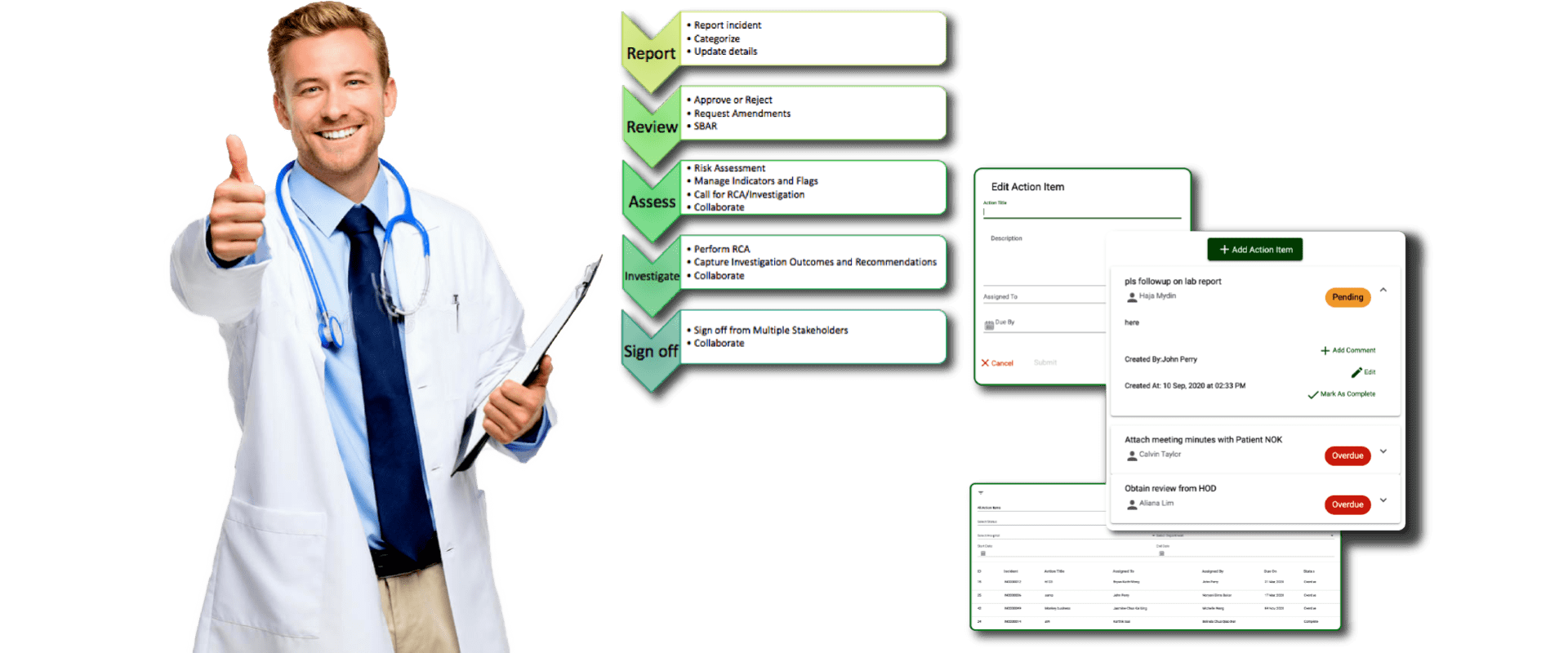
QUASR Feature: Pseudo-Anonymous Reporting
Anonymous reporting is when an incident report is not attached to any particular user/staff in the system. Learn more about this feature.

Anonymous reporting is when an incident report is not attached to any particular user/staff in the system. Learn more about this feature.

Sensitive Incidents are the digital equivalent of a “Private & Confidential” document of the paper-office era. Learn more about this feature.

In this post, allow us to introduce QUASR Basic to you. How it is different from Lite, what more does it offer, and how it can fit well in your process

When you have a legacy system and are looking to keep the same process in your digital system, Or when you want to map your existing manual process as-is into the new system – Both these approaches, frankly, are inefficient

QUASR Lite is an online incident repository for hospitals. It is a simple data capture tool and allows you to capture the incident data in a structured format. It makes your life easy to gather incident statistics and generate reports.